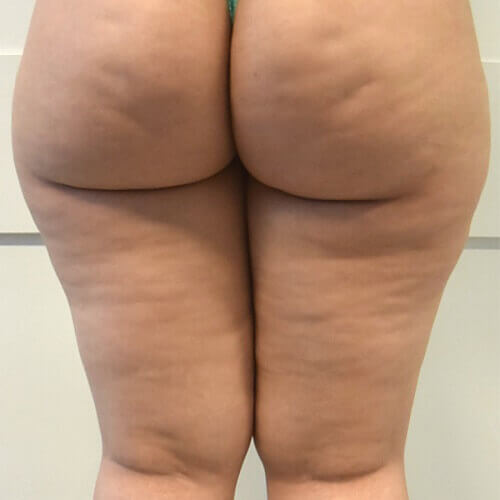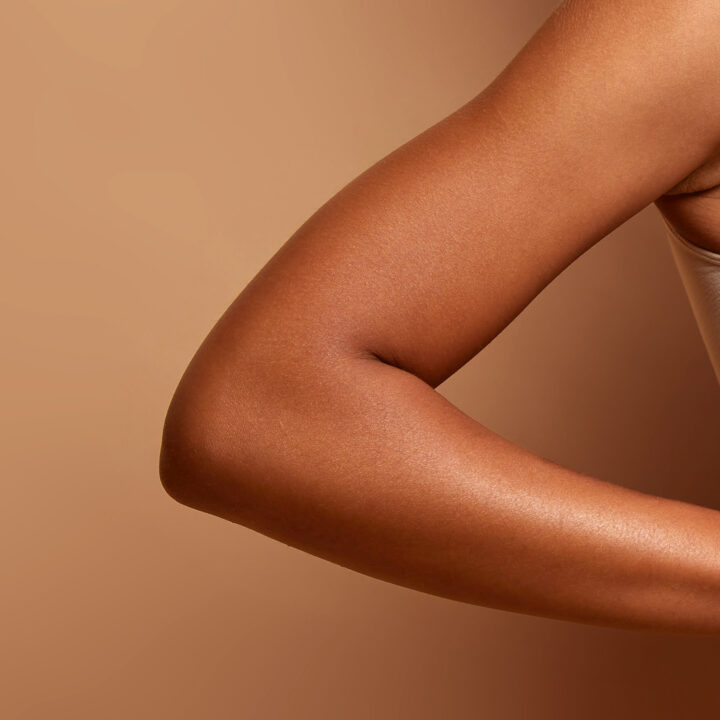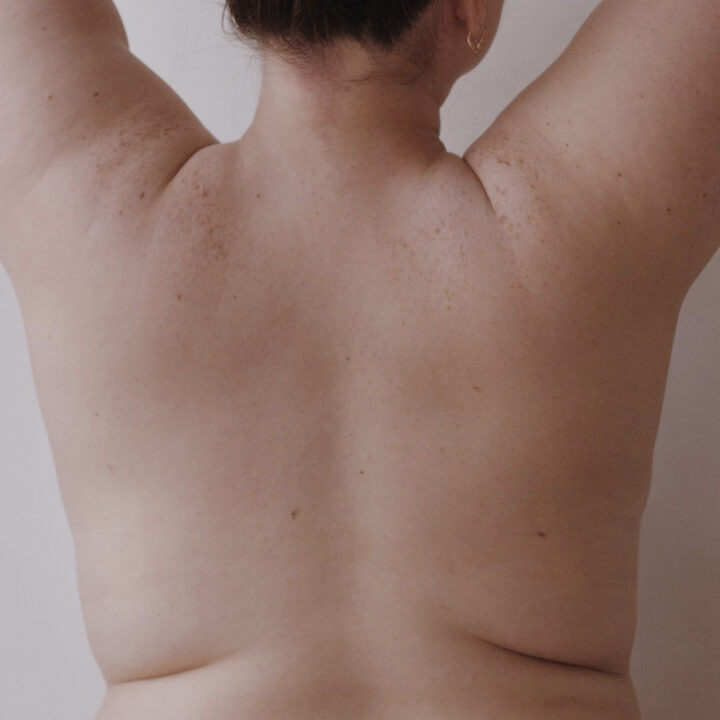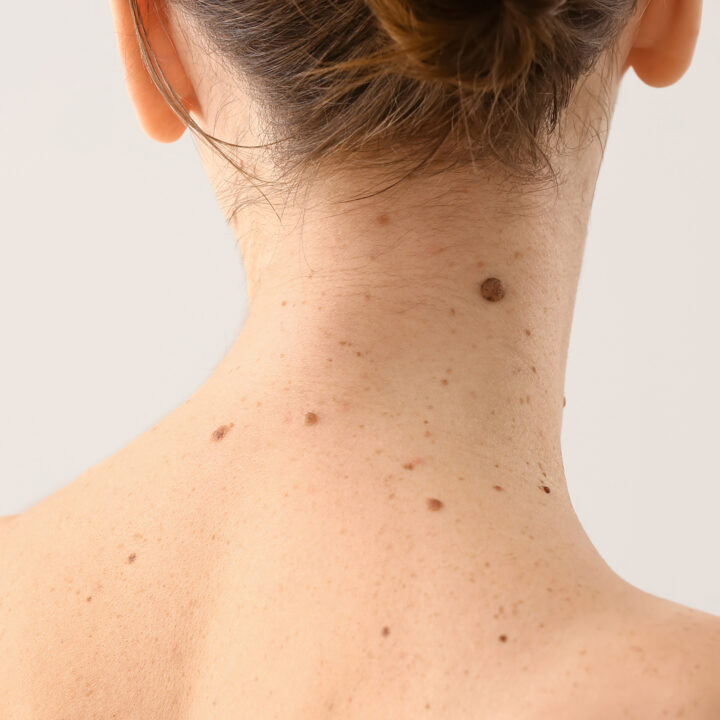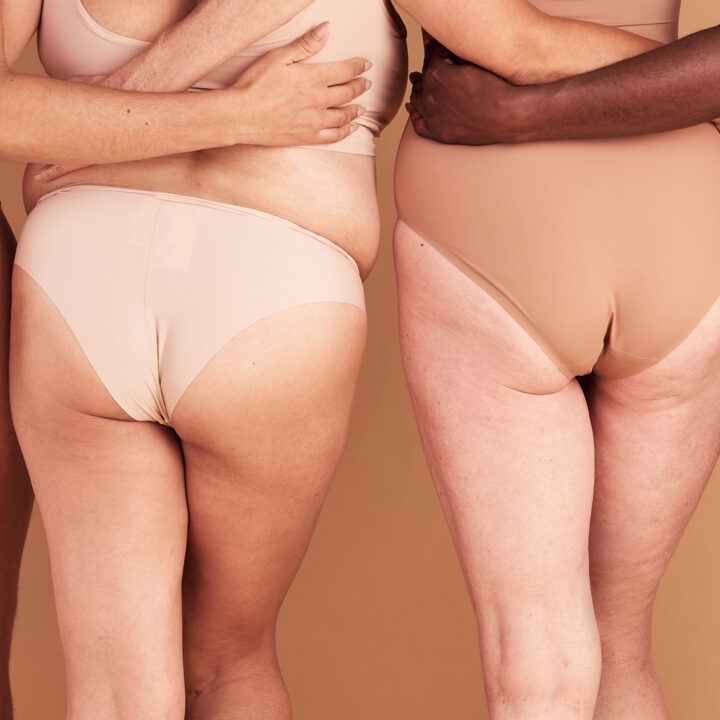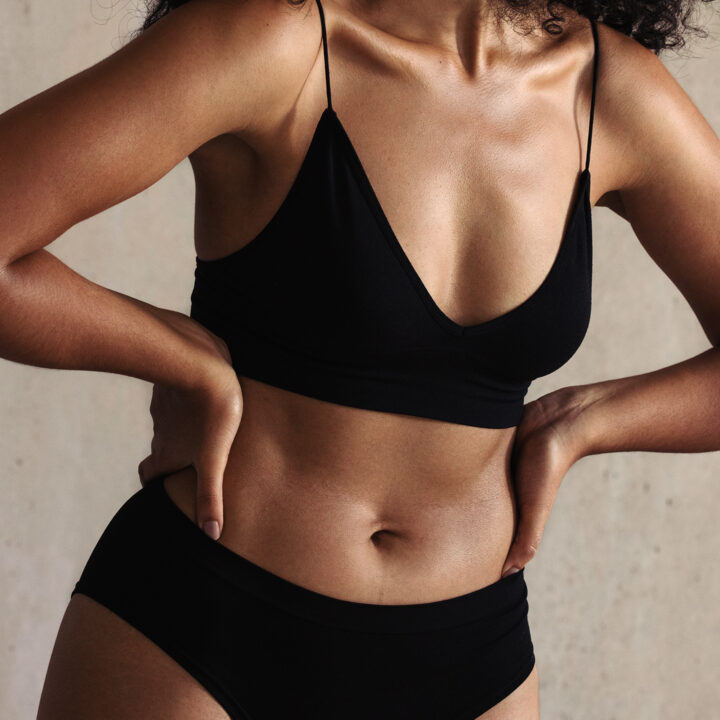Lipoedema
Lipoedema is a chronic disorder in which fat is distributed in an irregular way beneath the skin. It occurs almost exclusively in women, primarily affecting their arms and legs. Although it is not known what causes it, we do know that it has nothing to do with diet. Hormonal changes or an underactive thyroid may well play a role in lipoedema.
Given its relative obscurity, the condition is either not identified or is not identified until a very advanced stage. As a result, patients have often had a long and frustrating journey with advice and treatments which generally do not have any effect on the primary problem, i.e. the pockets of fat.
The Boerhaave clinic and its specialists will be happy to help you in treating your lipoedema. Carry on reading for more information on what we can offer you or arrange a a consult with one of our expert surgeons.
What does the lipoedema cost
We guide you step by step before, during and after treatment
01 More information
What are the signs?
Apart from the specific pockets of fat, there are different types and signs of lipoedema. Some of these signs are:
- Painful skin (if pressure applied)
- Orange peel skin (cellulitis)
- A heavy and oppressive feeling
- Cramps
- Easy to bruise
- No fatty lumps on the hands and feet
02 Consultation
Plastic surgeon
The consultation is always held with the plastic surgeon who will be carrying out your procedure. During this consultation, you can discuss what you are looking for in terms of your lipoedema. The plastic surgeon will present the most suitable surgical technique for you and will discuss this with you. In front of the mirror, you will be shown what this technique entails and what you can expect in terms of end results. You will then be in a position to make a well-informed decision.
A summary of your consultation is set out in a treatment plan, and the corresponding costs are discussed with you directly. The aim of the consultation is to inform you as clearly and fully as possible.
Consultant
Following on from your consultation, you will also have an appointment with your consultant. The aim of this appointment is to tell you about the general aspects to be arranged.
What are the options?
It is possible to treat the lipoedema by tackling the excess weight. This can be done with a programme of adequate physical exercise, possibly including assistance from a dietician. Losing body weight is the only way of reducing the pockets of fat. Irregularly distributed deposits of fat will not disappear in any other way or only rarely. So in terms of procedures, the only way to minimise them is liposuction.
Liposuction can be used to reduce the localised pockets of fat, pain and any restriction in movement. After the procedure, your legs or arms will be more proportionate to the rest of your body. If you opt for this procedure, it is possible to have it performed under general anaesthetic. Not only will this make it pain-free for you, but it can also enable the plastic surgeon to treat the area more effectively. This is because they no longer have to take into consideration the restrictions imposed by local sedation.
Bear in mind that the prices in the above table are based on local sedation. Additional costs may be incurred if you have the procedure performed under general anaesthetic (€500) or if an overnight stay is recommended (€500).
Restrictions
There are a number of restrictions in the treatment of lipoedema by means of liposuction, and these are:
- For safety reasons, there is a maximum volume of fat that can be removed during surgery. As a rough guide, this limit is about 4 litres depending on the size of the area. This means that several procedures may be necessary to achieve the desired results. If an agreement has been reached to remove more fat, it will probably be necessary for you to stay overnight.
- The operation is usually limited to one or two areas per procedure, because as much as possible of the affected fatty tissue has to be removed.
- An unknown factor is how the skin will respond after the liposuction. Skin can sometimes become loose and dimpled, because a lot of fat has been removed and the skin has been stretched too far.
- It is very important to follow the advice given, such as wearing a compression garment after the treatment.
03 After care and recovery
In most cases, it is necessary to stay overnight in our clinic after a lipoedema treatment. This means that you spend the first night in a medical setting. The plastic surgeon will come around the next day to check you and see whether you can go home.
There may be a small amount of bleeding or seepage from the wound holes in the first 24 hours. You shouldn’t worry about this. It will soon stop.
Post-procedure pain
After the lipoedema treatment, the treated area feels painful and you may feel pressure here. Painful bruising, swollen skin and soreness are normal symptoms. You may experience a build-up of fluid in some places. This often subsides after approximately 2 to 6 weeks. You may also feel pain in your muscles, as if you have been doing strenuous exercise. When you walk, you may feel a painful burning sensation around the treated area.
Recovery
After the operation, your body will need time to recover. Bear in mind that you may still notice the following once the post-procedure pain has subsided.
- The treated area will be very swollen.
- The scars will be reddish in colour and raised
- The skin around the treated area may turn from blue to yellow
- You may have decreased sensitivity of the skin
These are your body’s natural reactions as it recovers. You shouldn’t worry about it.
Scar care cream
At your first check-up, you will be given a scar care cream to take home with you. Once the wound has closed and the scabs have disappeared, you can start applying the cream. If you apply this cream to the closed wound twice a day, you increase the chance of the wound healing nicely.
04 Results
After your lipoedema treatment, you will notice that the amount of excess fatty tissue has radically reduced. The affected parts will be more in proportion to the rest of your body, your pain will reduce or even disappear and you will be better able to do (or resume) sport.
05 Risks and complications
It is important you are aware that every surgical intervention can entail risks and complications. Plastic surgery procedures are in principle carried out on healthy people, so the risks and chances of complications are low. By providing you with plenty of information, taking a thorough medical history and applying our professional practices, we make sure these risks are reduced to an absolute minimum. You too can help reduce certain risks by carefully reading through the instructions you are given.
Possible complications may be:
- Haematoma (blood clot under the skin which has to be removed)
- Adverse reaction to the sedation
- Haemorrhaging
- Infection
- Change in sensitivity
- Permanently visible scars
- Damage to underlying structures
- Unsatisfactory aesthetic result
- Skin irregularities
- Saggy skin after liposuction.
Smoking
If you smoke or use tobacco or nicotine products at the time of your surgery, you have a greater risk of complications. For instance, skin loss and impaired wound healing. Smoking may have a negative effect on the anaesthesia, which may in turn lead to an increased risk of bleeding. It is important not to smoke for at least 4 weeks prior to the operation and to keep this up for the entire recovery process.
People who are exposed to passive smoking may also have an increased risk of complications such as these, compared with people who are not exposed to tobacco smoke or nicotine products (who have a significantly lower risk of such complications).
More information
Plan your appointment now in our agenda or let us call you back.

